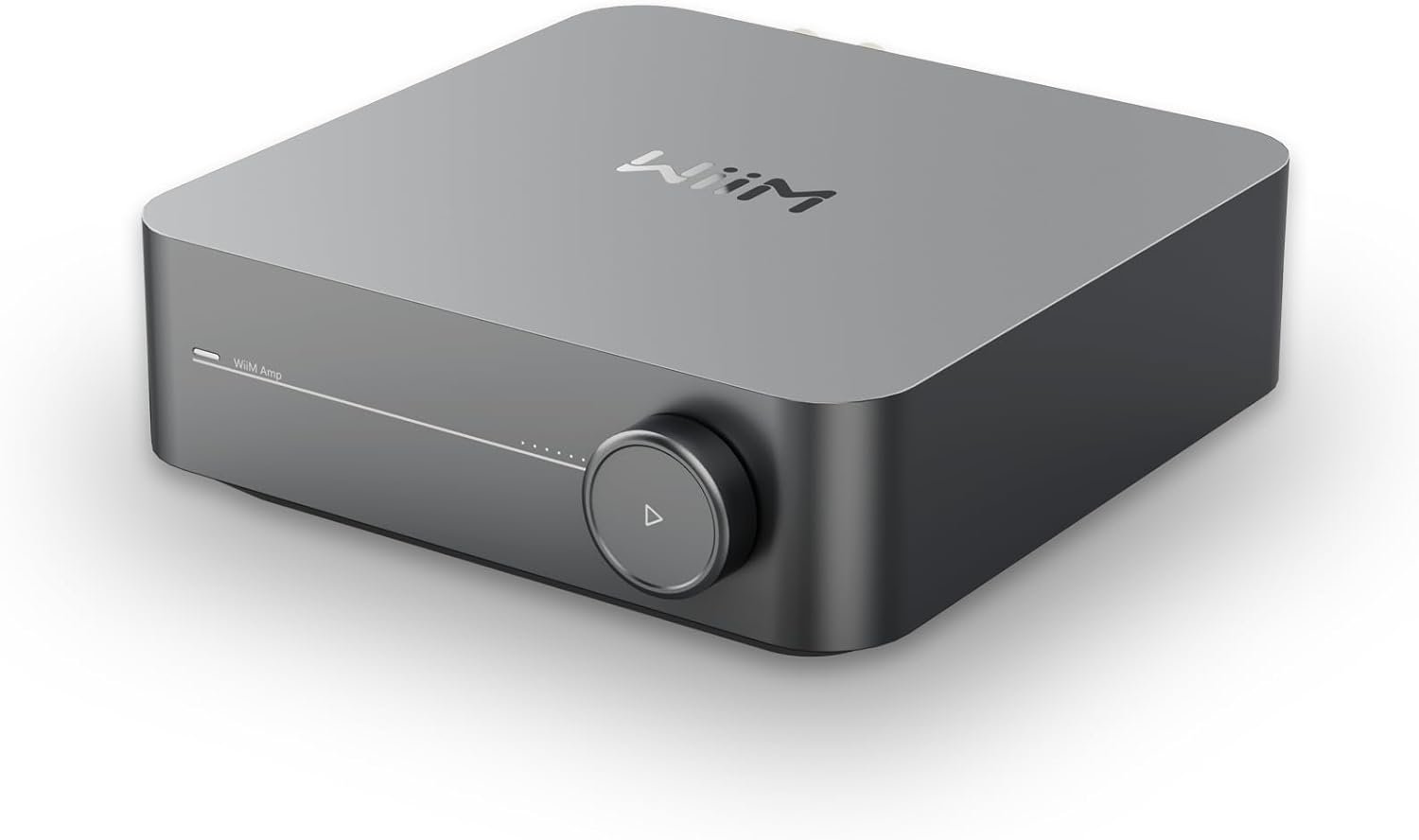In the realm of audio enthusiasts, the pursuit of auditory perfection never ceases. If you’re reading this, you’re probably one of those discerning individuals who crave the finest nuances of sound, an experience that transcends the ordinary. High-resolution audio, often called Hi-Res audio, is the Holy Grail for true audiophiles. This comprehensive guide delves into every facet of high-resolution audio, leaving no sonic stone unturned.
What is High-Resolution Audio?
High-resolution audio is a pinnacle in the audio industry, offering a level of fidelity that brings you closer to the original recording than ever before. Unlike conventional audio formats, such as MP3, which compress audio files to reduce size, high-resolution audio preserves every detail and subtlety. The quest for sonic purity has led to the development of various high-resolution audio formats, including FLAC (Free Lossless Audio Codec), ALAC (Apple Lossless Audio Codec), and DSD (Direct Stream Digital).
The Anatomy of Sound: Why Does Resolution Matter?
Understanding Bit Depth
At the heart of high-resolution audio lies bit depth, a fundamental component that determines the dynamic range and precision of a sound recording. While standard audio formats like MP3 typically employ 16-bit depth, high-resolution audio extends this to 24-bit or beyond. At 24-bit, the expanded depth allows for a more accurate representation of quiet and loud sounds, resulting in lifelike audio reproduction.
Unmasking Sample Rates
Sample rates are equally crucial in the quest for audio perfection. High-resolution audio often boasts sample rates of 96kHz or 192kHz, compared to the standard 44.1kHz of CDs. This increased sample rate captures more frequencies and subtleties, allowing you to hear previously obscured details.
Unleashing the High-Resolution Arsenal
Hi-Res Formats
High-resolution audio comes in various formats, each with its unique characteristics. Here are some popular formats:
- FLAC (Free Lossless Audio Codec): A widely embraced format that offers lossless compression, preserving all audio data without compromise.
- ALAC (Apple Lossless Audio Codec): Apple’s lossless format is compatible with their ecosystem for seamless playback.
- DSD (Direct Stream Digital): Renowned for its ultra-high-resolution capabilities, DSD delivers an unrivaled listening experience.
Hi-Res Hardware
To fully appreciate high-resolution audio, you’ll need suitable hardware. Consider investing in:
- DAC (Digital-to-Analog Converter): Converts digital audio to analog signals with utmost precision.
- High-Resolution Audio Players: Purpose-built devices that support various high-res formats.
- Quality Headphones or Speakers: To reveal the subtleties captured in high-resolution audio.
High-Resolution Audio vs. Conventional Formats
The Listening Experience
Listening to high-resolution audio is akin to peering through a clear window into the artist’s studio. It reveals nuances, textures, and spatial details often lost in standard formats.
File Size Considerations
High-resolution audio file sizes are indeed larger than their compressed counterparts. However, the storage trade-off is a small price to pay for audiophiles who prioritize uncompromising sound quality.
High-Resolution Audio in Real-world Applications
Music Enthusiasts
For music enthusiasts, high-resolution audio opens up a new dimension of enjoyment. Whether you’re an ardent classical music lover, a rock fan, or someone who appreciates the intricacies of a well-produced track, the benefits of high-resolution audio are undeniable. Every note, instrument, and vocal lyric takes on a life of its own.
Home Theater Enthusiasts
High-resolution audio is your ticket to cinematic immersion if you’re building a home theater system. Pair it with a top-notch surround sound system, and you’ll feel like you’re in the middle of the action. Dialogue becomes crisper, explosions more thunderous, and every sound effect more realistic.
The Quest for High-Resolution Content
To fully embrace high-resolution audio, you’ll need to source high-quality content. Thankfully, a growing number of music streaming platforms and online stores offer high-resolution music libraries. Look for tracks and albums labeled “Hi-Res” or “High-Resolution” to ensure the best possible audio quality.
High-Resolution Audio on the Go
Don’t think that high-resolution audio is limited to your home setup. Many portable audio players and smartphones now support high-resolution audio playback. This capability means you can take your favorite high-res tracks on the go, ensuring your musical experience remains exceptional no matter where you are.
The Future of Sound
As technology advances, the future of audio promises even more incredible strides in high-resolution audio quality. From advancements in audio compression techniques to more accessible high-res hardware, audiophiles can look forward to an even more immersive auditory experience.
Conclusion:
In the ever-evolving world of audio, high-resolution audio is a testament to the pursuit of perfection. It’s not just about hearing music; it’s about feeling it, experiencing it, and immersing yourself in its every nuance. So, if you’re on a quest for the pinnacle of sonic fidelity, high-resolution audio is your guiding star. Elevate your listening experience, and let the music transport you to a realm of sound as close to reality as possible.
With high-resolution audio, you’re not just listening; you’re experiencing music in its purest form. Elevate your auditory journey and savor the symphony of sound, just as the artist intended.



Leave a Reply